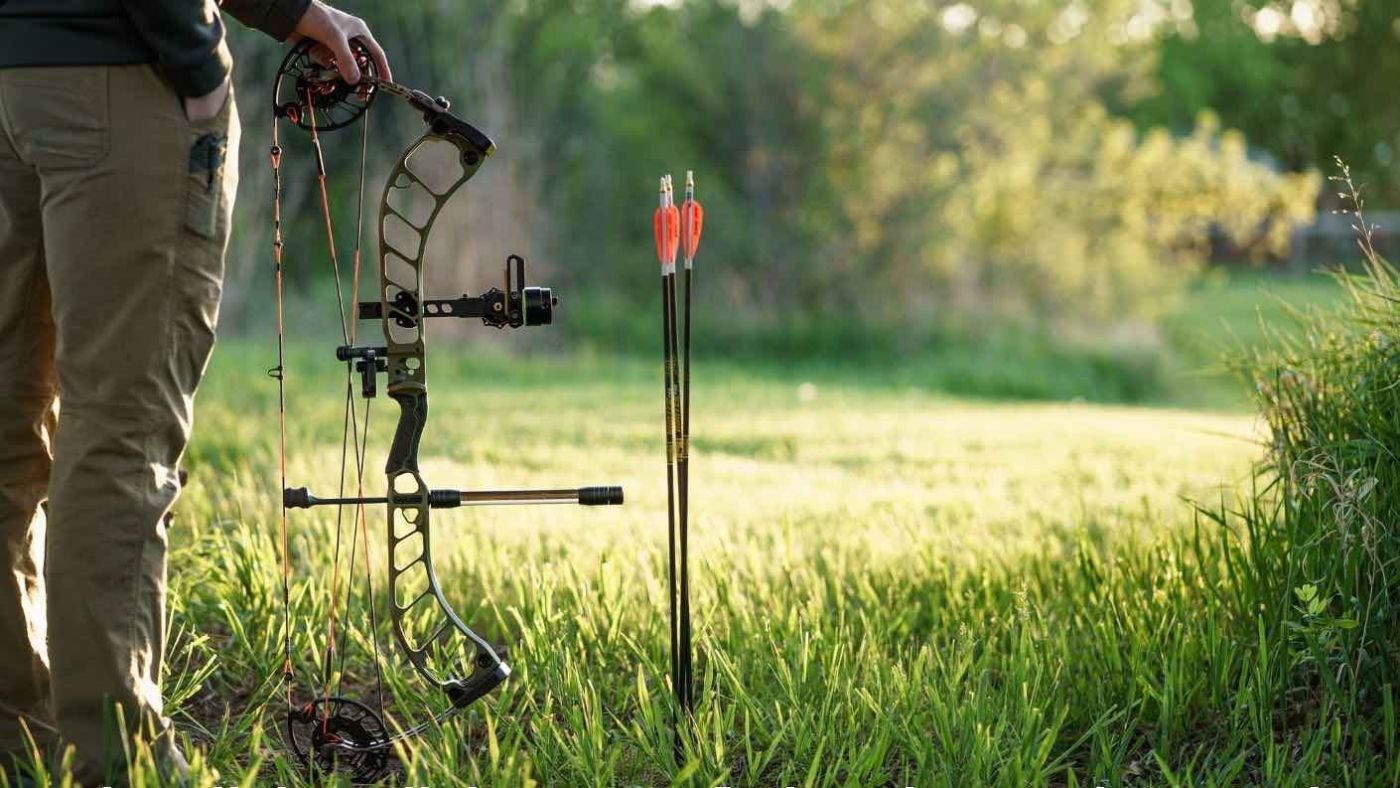Maximizing Your Archery Performance With the Right Compound Bow Stabilizer: a Detailed Overview
In the world of consistency, accuracy and archery are critical to achieving ideal efficiency. One often-overlooked yet essential element in boosting accuracy is the compound bow stabilizer. This humble gadget plays a substantial duty in steadying your objective, reducing bow torque, and soaking up resonances. The efficiency of a stabilizer pivots on different factors, consisting of layout, weight, and placement. By comprehending the subtleties of selecting and maximizing a compound bow stabilizer, archers can fine-tune their devices to elevate their shooting experience to new levels of efficiency and control.
Significance of Bow Stabilizers in Archery

Furthermore, bow stabilizers help in balancing the weight circulation of the bow, which can improve the archer's security while aiming and firing. By including weight to the front of the bow, stabilizers can minimize the quantity of torque experienced upon release, causing a smoother and a lot more regulated shot - compound bow stabilizer. This weight distribution likewise assists in holding the bow steady for a longer period, enabling the archer to aim extra precisely
Sorts Of Compound Bow Stabilizers
When considering the different kinds of substance bow stabilizers available, it is crucial to understand their unique functions and functions to figure out the most suitable choice for optimizing archery performance. The most common types of compound bow stabilizers consist of sidebar stabilizers, front stabilizers, and back stabilizers. Back stabilizers, also called back stabilizers, are mounted to the back of the bow and assist in counterbalancing the weight of other devices, resulting in boosted security and steady intending.
Aspects to Take Into Consideration When Picking
In examining compound bow stabilizers, recognizing the unique features and features of each type is essential for making a notified decision on the most appropriate alternative to boost archery efficiency. When choosing a stabilizer, one should think about the weight of the stabilizer itself. By meticulously examining these aspects, archers can select a substance bow stabilizer that straightens with their shooting style and optimizes their visit general efficiency on the archery array.
Installment and Adjustment Tips
For optimal performance and precision in archery, grasping the setup and modification of your bow stabilizer is essential. Correct installation begins with connecting the stabilizer to the bow's riser, ensuring it is firmly safeguarded.
When readjusting the stabilizer, begin with little incremental changes instead than drastic adjustments. This allows you to evaluate the impact of each modification precisely. Focus on just how the bow responds to adjustments in stabilizer setups and make changes accordingly. Bear in mind that the goal is to discover a setup that decreases hand torque, lowers resonance, and improves accuracy. Frequently inspect the stabilizer's tightness and overall condition to guarantee it remains to work optimally. By grasping the installation and adjustment procedure, you can maximize your archery performance and boost your capturing experience.
Upkeep and Care Standards

When not in use,It is also vital to store your bow with the stabilizer in a safe and secure and safe location. compound bow stabilizer. Avoid leaving it in severe temperature levels or subjected to route sunshine for extensive periods, as this can create damage to the stabilizer. Regularly inspect the stabilizer's alignment to guarantee it is still correctly placed on your bow. Complying with these maintenance and care guidelines will certainly assist you get the most out of your bow stabilizer and enhance your general archery performance.
Verdict
To conclude, selecting the appropriate substance bow stabilizer is crucial for making best use of archery efficiency. Recognizing the importance, types, aspects to take into consideration, installation and change ideas, along with upkeep and treatment guidelines can substantially influence one's precision and consistency in capturing. By selecting a stabilizer that suits individual demands and choices, archers can boost their overall performance and accomplish far better results on the variety or see page in competition.
Bow stabilizers play a critical function in improving an archer's precision and consistency by decreasing resonances and maintaining the bow during the release of an arrow - compound bow stabilizer.Furthermore, bow stabilizers assist in stabilizing the weight circulation of the bow, which can enhance the archer's stability while shooting and aiming. The most typical types of substance bow stabilizers consist of sidebar stabilizers, front stabilizers, and back stabilizers. Back stabilizers, likewise called back stabilizers, are placed to the back of the bow and aid in counterbalancing the weight of other devices, resulting in boosted stability and stable aiming. When Discover More Here selecting a stabilizer, one must think about the weight of the stabilizer itself